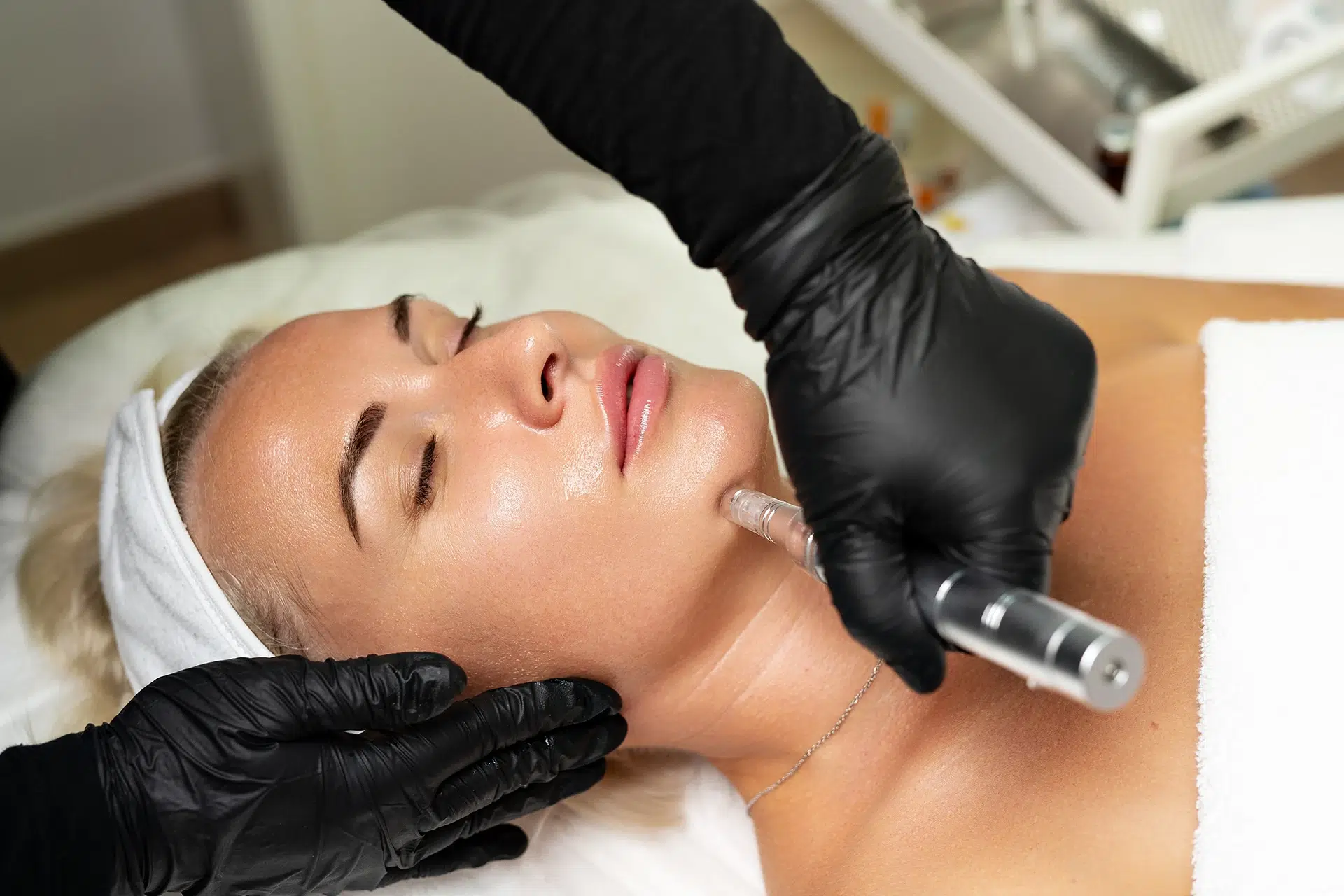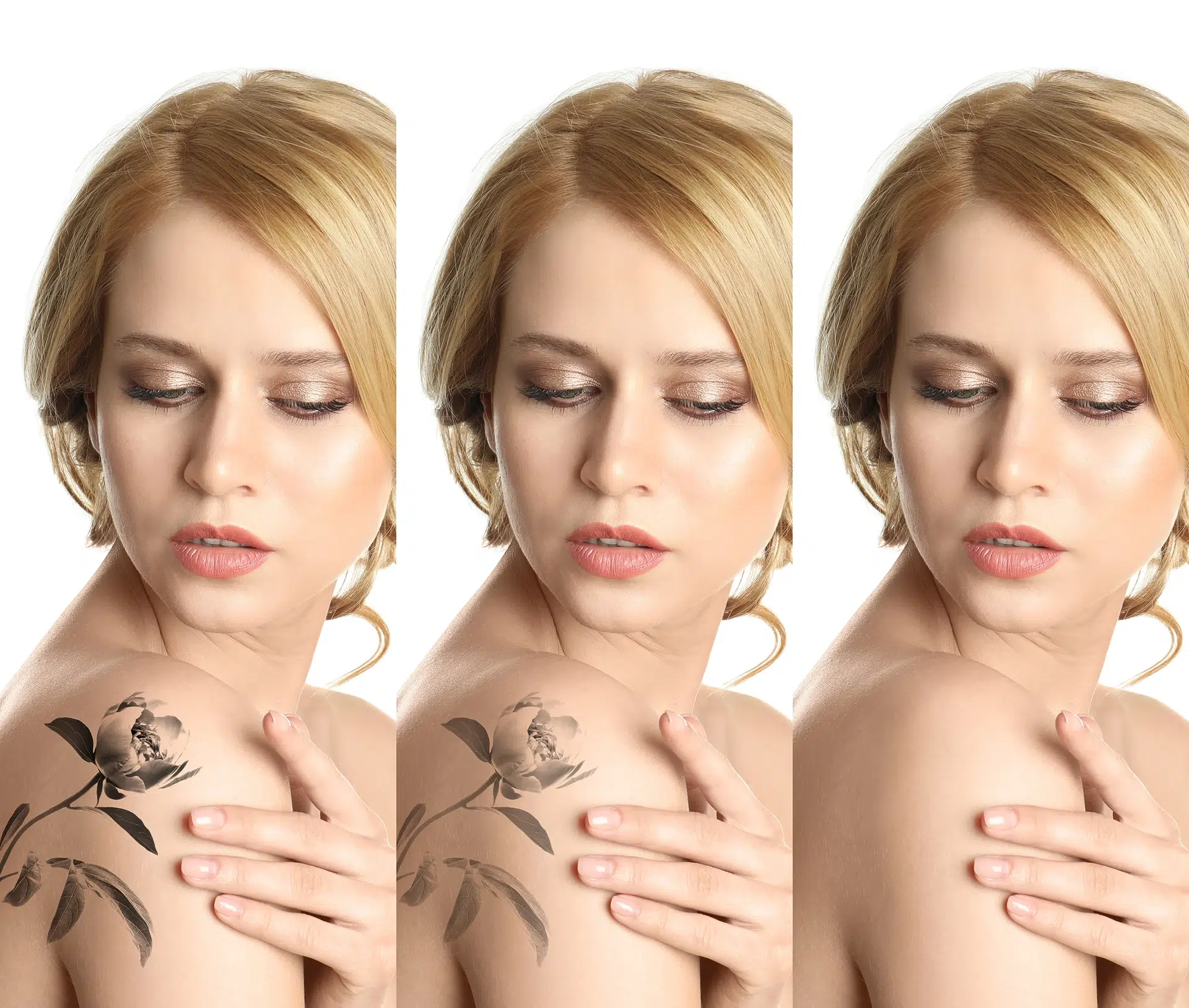As someone who has struggled with under-eye hollowness and dark circles, I know how frustrating it can be to constantly look tired, no matter how much sleep you get. But there is a treatment to get excited about under-eye fillers, a non-surgical solution that can add volume and smooth out the under-eye area. In this article, I’ll be explaining everything you need to know about under-eye fillers, including the procedure, recovery, and potential risks.
Introduction to Under Eye Fillers
Under-eye fillers, also known as tear trough fillers, are a type of dermal filler that is injected into the under-eye area to add volume and reduce the appearance of hollowness and dark circles. The most commonly used fillers for this area are hyaluronic acid-based, which are a safe and effective option for most patients.
What Are Tear Trough Fillers?
Tear trough fillers are a specific type of under-eye filler that is used to treat the tear trough area, which is the hollow that runs from the inner corner of the eye down to the upper cheekbone. This area can become sunken or hollow due to aging, genetics, or weight loss, which can create a tired or aged appearance. Tear trough fillers can plump up this area, reducing the appearance of dark circles and hollowness.
Causes of Hollowness under Eyes
Before deciding to get under-eye fillers, it’s important to understand what causes hollowness under the eyes. As mentioned, aging, genetics, and weight loss can all contribute to this issue. Additionally, certain lifestyle factors such as smoking, lack of sleep, and poor nutrition can also exacerbate the problem. Understanding the root cause of your under-eye concerns can help you make an informed decision about whether fillers are the right solution for you.
Benefits of Under Eye Fillers
Under-eye fillers offer a range of benefits for patients looking to improve the appearance of their under-eye area. These include:
- Reduced appearance of dark circles
- Increased volume in hollow areas
- Smoother skin texture
- More youthful appearance
- Non-surgical solution with minimal downtime
The Under Eye Filler Procedure
The under-eye filler procedure is an extremely delicate treatment and should only be performed by experienced aesthetic injectors. Most inexperienced injectors may just inject directly into the hollow of the under eye which won’t necessarily resolve the hollowness. An experienced injector knows that to improve this delicate area you must approach it from the area of the face below the eyes to give support to these underlying anatomical structures.
Once this is completed should the tear trough hollow then be injected? These injections must be placed deep to avoid swelling that can happen when placed superficially. The procedure can be time-consuming when performed appropriately and may take several treatments to get the proper result with the least amount of side effects.
Recovery and Aftercare for Under Eye Fillers
After the procedure, patients may experience some minor swelling and bruising, but this should subside within a few days. It’s important to avoid rubbing or touching the under-eye area for at least 24 hours after the injections, as this can increase the risk of complications. Additionally, patients should avoid strenuous exercise, alcohol, and blood-thinning medications for at least 24 hours after the procedure.
Results of Under Eye Fillers
The results of under-eye fillers are typically visible immediately after the injections, although it may take a few days for any swelling or bruising to subside. The results can last anywhere from 6-18 months, depending on the type of filler used and the individual patient’s metabolism. Patients can expect to see a noticeable improvement in the appearance of their under-eye area, with reduced hollowness and dark circles. The dark circles will be less visible because the filler changes how the light reflects in this area.
Risks and Side Effects of Under Eye Fillers
As with any cosmetic procedure, there are potential risks and side effects associated with under-eye fillers. These include:
- Bruising
- Swelling
- Edema
- Infection
- Allergic reaction
- Nerve damage
- Overfilling or underfilling
- Visibility of filler material
- Migration of filler material
- Tindell effect
It’s important to choose a qualified and experienced injector who can minimize the risk of these complications. Patients need to be appropriately screened to determine who is a candidate to minimize the side effects, especially for swelling. This complication can be unsightly when it occurs and cause patients excessive distress.
Comparing Tear Trough Fillers with Other Eye Treatments
There are several other treatments available for the under-eye area, including laser therapy, chemical peels, and surgery. However, tear trough fillers offer a non-surgical, minimally invasive option with minimal downtime. Additionally, fillers can be customized to the individual patient’s needs, making them a versatile option for a wide range of under-eye concerns.
Choosing a Qualified Injector for Under Eye Fillers
Choosing a qualified injector is key to achieving safe and effective results with under-eye fillers. Look for an injector who is experienced in administering under-eye fillers specifically. Additionally, be sure to ask for before-and-after photos of previous patients to get a sense of their experience and skill level.
Frequently Asked Questions about Under Eye Fillers
1. Are under-eye fillers painful?
The procedure is generally well-tolerated, and topical numbing cream can be applied beforehand to minimize discomfort.
2. How long do under-eye fillers last?
The results can last anywhere from 6-18 months, depending on the type of filler used and the individual patient’s metabolism.
3. How long is the recovery period?
Patients may experience some minor swelling and bruising for a few days but should be able to resume normal activities within a week.
4. Are there any risks or side effects?
As with any cosmetic procedure, there are potential risks and side effects, including bruising, swelling, infection, and nerve damage. Choosing a qualified injector can minimize these risks.
Conclusion
Under-eye fillers can be a safe and effective solution for patients looking to reduce the appearance of hollowness and dark circles in the under-eye area. By understanding the procedure, recovery, and potential risks, patients can make an informed decision about whether fillers are the right choice for them. If you’re interested in learning more about under-eye fillers, schedule a consultation with a qualified injector in your area.
In our practice, The Youth Fountain in Freehold, New Jersey, we are very experienced in performing this procedure. We will take our time to screen patients to determine if they are candidates for the procedure. We use highly skilled techniques to minimize complications that can occur with this procedure. We can also treat complications that can occur from these procedures.



